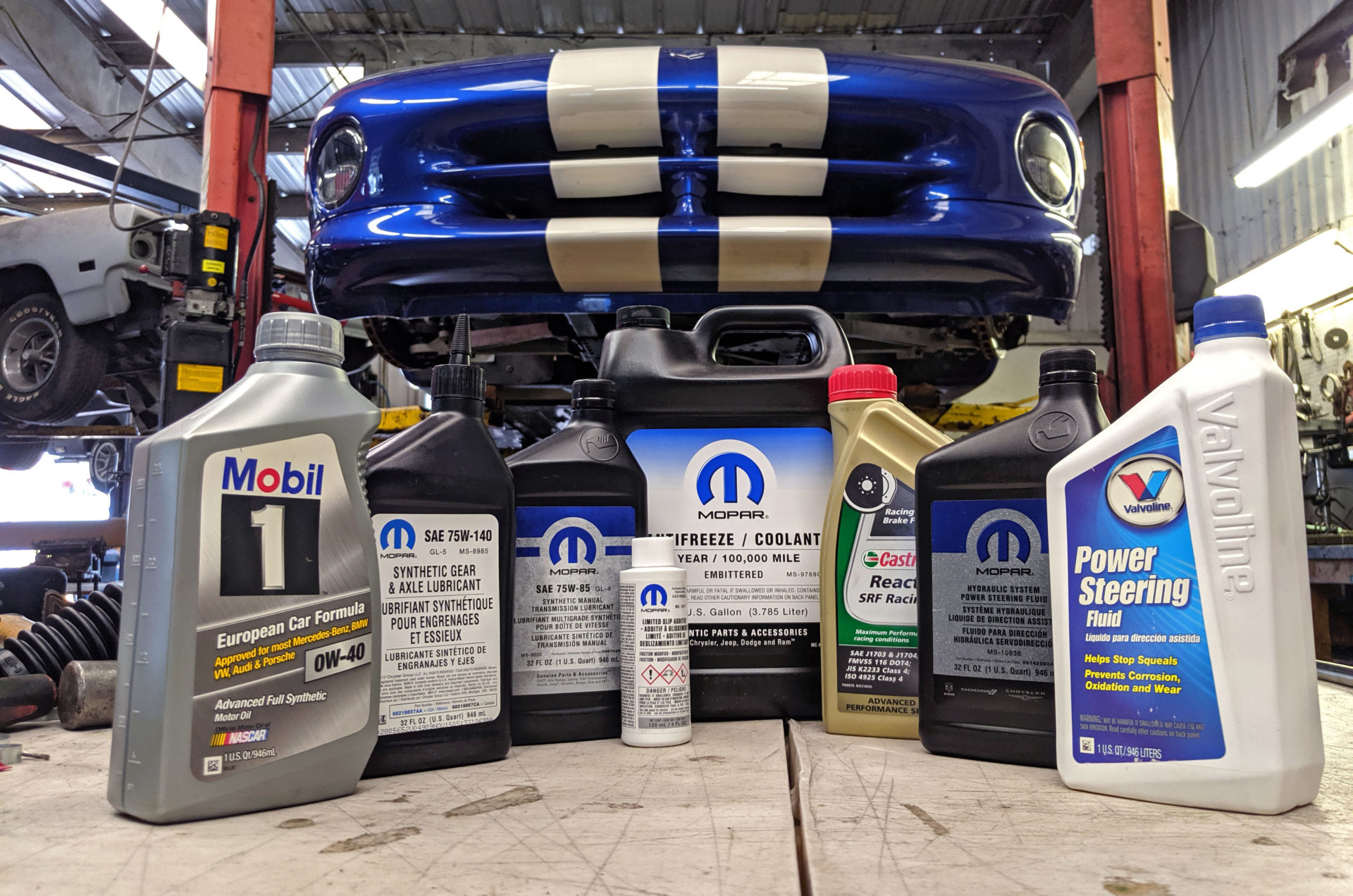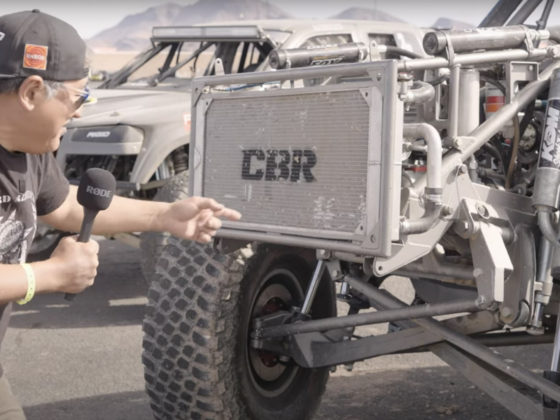 Valvoline Power Steering Fluid is one of the only readily available fluids to meet the Viper’s “MS-5931” OEM specifications.
Valvoline Power Steering Fluid is one of the only readily available fluids to meet the Viper’s “MS-5931” OEM specifications.
The original Mopar Power Steering Fluid is Part Number: 04883077, MS-5931. This fluid was renamed: “Mopar Hydraulic System Power Steering Fluid” with a new Part Number: 05142893AA, MS-10838.
This fluid is no longer made and almost impossible to find. The Mopar part number that supersedes this fluid (68218064AA, MS-9602) is NOT APPROVED for the Viper (or Jeep) power steering pump because it is an ATF.
DO NOT USE ATF IN THE POWER STEERING PUMP OF YOUR VIPER.
Mopar PSF “All Climate” is reportedly okay to use, Part Number: 5010304AA, but that’s also impossible to find. Fortunately, the same fluid is GM Part Number: 12345866 and is readily available. Redline’s Power Steering Fluid is said to meet the MS-5931 spec, but it’s also marketed as being used as a replacement for power steering systems that call for ATF, which is a bit concerning. However, many people have used it without reporting issues. Hands-down, the Valvoline PS fluid with the white bottle and blue cap is the easiest to find.
We were lucky to have found a couple bottles of the original fluid, even though the car only needs 21oz. But at the time of this writing, you’ll likely have to use Valvoline.
 We already replaced the car’s engine oil in Part 9: RareFab/Roe Racing Oil Pan Baffle Kit. In that article, we replaced the original 8.5-quart oil pan with a baffled 10-quart Pan from the 2000-2002 Vipers and filled it with Mobil 1 0W-40 European Car Formula.
We already replaced the car’s engine oil in Part 9: RareFab/Roe Racing Oil Pan Baffle Kit. In that article, we replaced the original 8.5-quart oil pan with a baffled 10-quart Pan from the 2000-2002 Vipers and filled it with Mobil 1 0W-40 European Car Formula.
In Part-2: General Maintenance, we mentioned that Chrysler changed their oil recommendation in the early 2000’s from the older 10W-30 to Mobil 1’s newer 0W-40 European Car Formula oil, and many Viper shops and experts agree that it’s a great oil for all Gen 1 & Gen 2 Vipers.
We also used a factory Mopar Viper-specific oil filter, Part Number: 5037836AB because it’s a quality filter with the oil pressure bypass valve set to the pressure that the Chrysler engineers specified for the V10.
Now that our Viper is rejuvenated with new fluids, we have the peace of mind that all the systems are well-maintained and are not slowly falling apart or causing us big problems down the road due to neglect.
These cars are designed to be enjoyed and letting them sit for too long without being driven should be a crime and is actually not good for them either.
Quick Reference:
Page 1 – Trans Chassis Plate Removal
Page 2 – Trans Fluid Drain & Fill
Page 3 – Diff Fluid Drain
Page 4 – Diff Fluid Fill, Coolant Drain
Page 5 – Coolant Fill, Brake Fluid, Front Brake Bleed
Page 6 – Rear Brake Bleed, Power Steering Flush
Page 7 – Power Steering Fluid & Engine Oil




6 comments
Have any idea why ATF was specced for a manual? That seems pretty ridiculous to me.
Because the transmission was design to use ATF for good shift quality in cold conditions, compatibility with synchronizer friction materials, and minimized parasitic drag to maximize power to the wheels.
They probably didn’t want to develop a specific MT fluid since most of their vehicles are AT. It just seems a bit lazy to me, especially with a high horsepower halo car like the Viper.
I have no idea what the viscosity is on the Mopar MTL, but I bet it’s higher than Dexron III:
“Manual transmission fluid, as noted earlier, tends to be a higher viscosity than automatic transmission fluid. This helps the fluid develop a thick, durable protective film.”
What about clutch fluid?
The same Castrol SRF as the brakes.
The passion and dedication you have for this project shine through your writing, and it’s contagious. I can’t wait to see what’s next in store for Project Viper. Keep up the fantastic work, and thank you for sharing your journey with us!